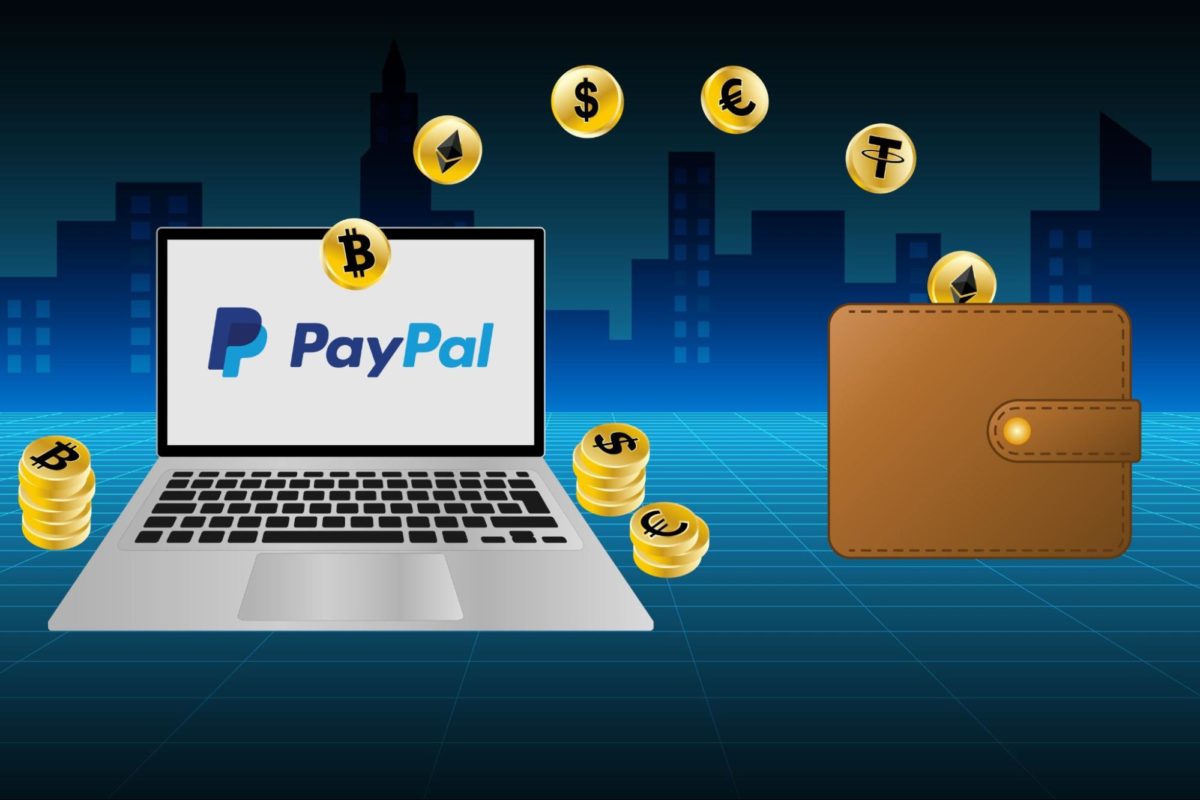How to set up a payment page on your WordPress website
1. Choose one of Payment Page plugins
Your first step is choosing the Payment Page plugin you want to use. The easiest way to install one is through our website. If you want to learn more about how these features work, allow me to share sight on each part and provide some expert comments.
Direct payments allow customers to pay directly from their online payment services providers, such as PayPal and Stripe. If you are selling a product or service, your customers can use this option to make one-time payments from their accounts on these services. It is the most common type of payment page that you will see on business websites because it allows for quick, seamless transactions without requiring users to enter financial information for every transaction.
4. Integrate your payment page
Once you have chosen a payment plugin and added it to your site, you’ll need to fill out the required fields for that plugin in the settings menu. Usually, this consists of entering a set of merchant codes or API keys. The plugin will then connect to WordPress and allow customers to purchase products through their account pages, making adding products much more accessible than managing a backing store.
Payment Pages can help boost sales and customer satisfaction on your site by removing time-consuming shopping cart features and highlighting the selling points of each product (or service). However, like any other feature on your site, it’s essential to set up and manage correctly. WordPress payment plugins also have the advantage of collecting recurring payments, lowering your development costs, and increasing your chances for repeat business.




